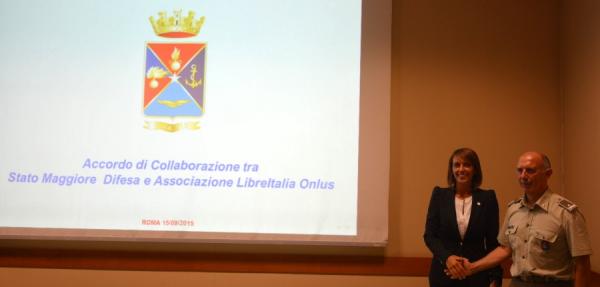The Document Foundation seeks boost to LibreOffice developer numbers
The Document Foundation has announced a new drive to increase its developer community beyond the level of 1,000 reached in October 2015.
The growth of the LibreOffice developer community has been extraordinary, with a monthly average of over 16 new hackers contributing to the code since September 2010. This is due in the main to mentoring by the project’s founders. After five years and 1,000 new developers, though, the complexity has changed, and the project needs to invest on mentoring a new generation of coders.
LibreOffice has always been available on multiple operating systems – Linux, Mac OSX and Windows – and is now on the verge of being available on multiple platforms: desktop, mobile and cloud. Consequently, the project needs a wider range of developer skills, which can be achieved only with a renewed effort targeted to attract new contributors.

“When LibreOffice started, the codebase we inherited was known for being extremely hard to contribute to, for both technical reasons and a lack of mentors reaching out to new hackers,” says Bjoern Michaelsen, a member of LibreOffice engineering steering committee and a director of The Document Foundation. “Today, the LibreOffice project is known for its welcoming atmosphere, and for the fun. We strive to continue on this path for the next 1,000 code contributors.”






